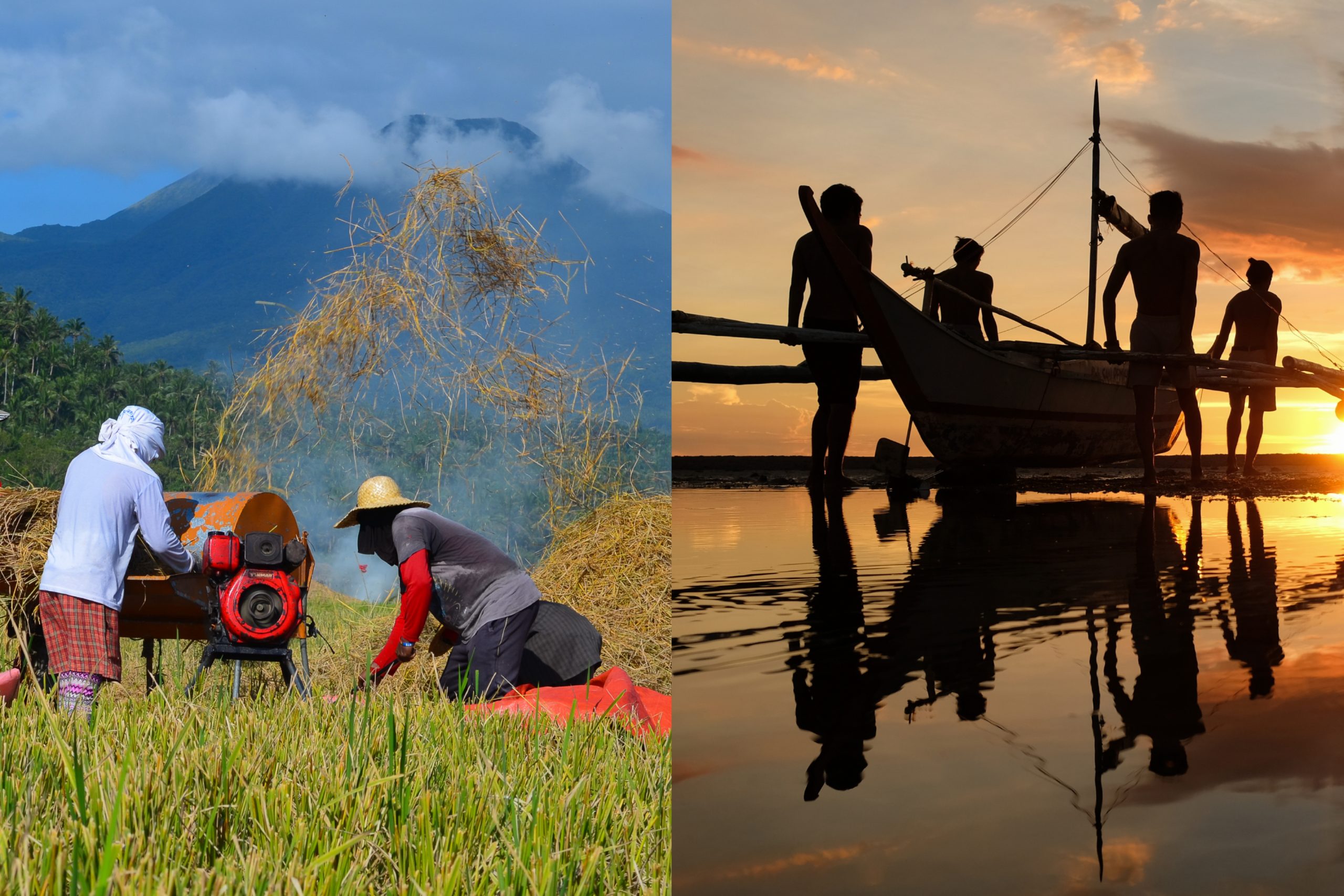
The Department of Agriculture (DA) continues to pursue efforts to achieve a 2.5 percent (%) growth for the agriculture and fishery sector this year, and starts laying the groundwork for 2022, as Secretary William Dar and key officials commence discussions for next year’s proposed budget of “One DA” family agencies.
“Let us regroup, rethink, and put in place key strategies with the objective of attaining positive growth for the sector starting this year and onto 2022, recovering from a flat growth last year,” said Secretary Dar, as he opened a five-day physical and virtual internal budget hearing for 2022.
“We must apply the ‘One DA’ agenda to transform the sector by employing major strategies towards a modern and industrialized Philippine agriculture,” he told more than 80 top officials, adding that their interventions will remain geared toward achieving the department’s twin goals of “Masaganang Ani at Mataas na Kita,” benefitting more than 10 million small farmers, fisherfolk and their families.
Further, he said they must continue efforts to attain food security for major commodities like rice, pork, chicken, fish, fruits, and vegetables to stabilize supply and prices. These include consolidating and mobilizing farm and fishery products from surplus provinces to major consumption areas like Metro Manila.
“In particular, we will exert special efforts to get significant budgetary support for livestock and poultry, fishery, and high-value crops,” said the DA chief.
In addition, he said they will include in the 2022 DA budget proposal a “buffer fund” to bankroll procurement of farm and fishery products during times of emergency.
The DA will also strengthen coordination with local government units (LGUs) for them to activate their local price coordinating council (LPCC) to regularly monitor supply and prices of basic food products in public markets, and reprimand erring retailers and profiteers.
Secretary Dar added that the LGUs also play a key role in the implementation of provincial commodity investment plans, and establishment of regional disaster risk and climate-resilient agriculture offices, and villages that will promote sustainable agriculture practices, and adaptation and mitigation initiatives.
The DA will also enhance partnership with the Bangsamoro Autonomous Region in Muslim Mindanao (BARMM) by providing technical assistance and facilities to support its agriculture and fishery development efforts, being a potential major food basket.
Secretary Dar also directed the ‘OneDA’ family officials to map out risk factors, food value chain, credit, production, marketing, and logistics needs and assistance under each major commodity program on rice, corn, fisheries, and high-value crops.
The DA through the Philippine Coconut Authority (PCA) will pursue needed initiatives and programs under the coconut industry development plan as mandated by the newly-signed Republic Act 11524 or the Coconut Farmers and Industry Trust Fund Act.
Through its national livestock agencies, the DA will sustain efforts — in strong partnership with LGUs, private sector, veterinary groups, academe, and hog raisers’ groups — to implement the “Bantay ASF sa Barangay” and hog repopulation program.
Secretary Dar also instructed “One DA” key executives to strengthen and implement the Food Safety Act that provides protection to consumers so they will have access to food products that have undergone thorough and rigid inspection.
He added that the DA is set to establish this year the country’s first border inspection facility or Agricultural Commodity Examination Area (ACEA) at the Manila International Container Terminal (MICT), South Harbor, Port of Manila. Four other ACEAs will be established in Cebu, Batangas, Subic, and Davao.
To enhance the development of the fishery sector, he said fisheries management areas (FMAs) will play a key role in providing sustainable source of income and livelihood to small fishers and their families. Likewise, public and private investments should be poured in to expand breeding and hatchery operations of high-value, commercial species, and that lakes, dams, coves, and bays will be tapped as additional fishery production areas.
Much-needed logistics and transport concerns will also be addressed with the enhanced implementation of Kadiwa ni Ani at Kita marketing program, notably engagement of farmers’ cooperatives and associations (FCAs) as well as traders’ groups.
“If we are to ensure that agriculture contributes its full potential to the country’s economic recovery in the ‘new normal,’ we need a budget that will allow the DA to work for a higher and sustainable growth for the sector through our flagship ‘Plant, Plant, Plant’ program,” concluded Secretary Dar. ### (DA StratComms)













